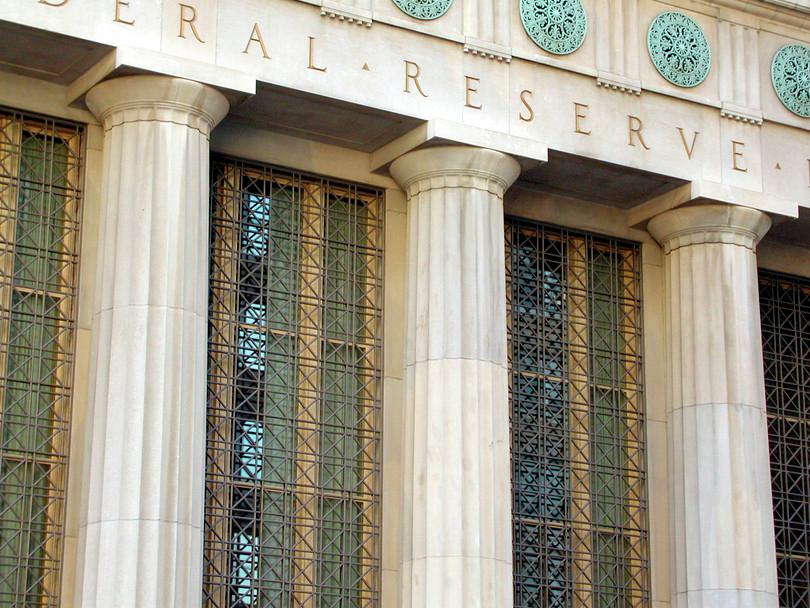Insight Financing American government
This CORE Insight explains how the US Department of Treasury finances government spending and how the US Federal Reserve System conducts monetary policy both during times of normalcy and during economic crises.
Authors
Authored by Martina Jasova (Barnard College, Columbia University) and Rajiv Sethi (Barnard College, Columbia University and Santa Fe Institute, US).
10 December 2020
Concepts
Concepts in this Insight are related to material in:
Highlights
- In the United States, the power to authorize federal taxation and expenditure—the power of the purse—lies with Congress.
- When Congress authorizes major increases in expenditure that are not funded by taxation—as with the CARES Act of 2020 or TARP in 2008—it does not typically specify how the increase in the government’s deficit (the gap between its spending and its revenue) will be financed.
- The task of securing funding for authorized expenditures in excess of tax revenues falls to the Treasury.
- To secure funds, the Treasury borrows from the public and financial institutions by issuing a range of securities, called treasury securities or simply treasuries.
- Treasuries are sold at weekly auctions where bidders specify the lowest interest rates they are willing to accept; the market clearing rate is determined through this process.
- Demand for treasuries comes from institutions worldwide; they are considered to be among the most secure of assets, with negligible likelihood of default.
- A key player affecting the demand for treasuries in both normal times and in a crisis is the Federal Reserve or Fed.
- The interest rate on treasuries is directly connected to the policy interest rate—the federal funds rate—which the Fed controls.
- Other things equal, an increase in borrowing needs would result in higher market clearing interest rates at auction; however, policy choices by the Fed can keep the interest rate low.
- Treasuries have historically played a central role in how the Fed implements its policy interest rate, although the manner in which monetary policy is conducted has changed since 2008.
- Because of its monopoly in the creation of central bank money (known as reserves) the Fed has essentially unlimited capacity and legal authority to buy treasuries on the open market.
- In ‘unusual and exigent circumstances’, the Fed also has the power to purchase a broad range of other assets; it used this power during the global financial crisis and again in response to the COVID-19 pandemic when it wanted to support economic activity but was unable to lower the federal funds rate further.


